Terrace gardening can be a popular and rewarding hobby in India, especially in urban areas with limited space. It offers a variety of benefits, including the ability to grow fresh produce, improve air quality, and provide a relaxing outdoor space for people to enjoy. In addition, terrace gardening can help promote sustainability by reducing the need for the transportation of produce and reducing waste.
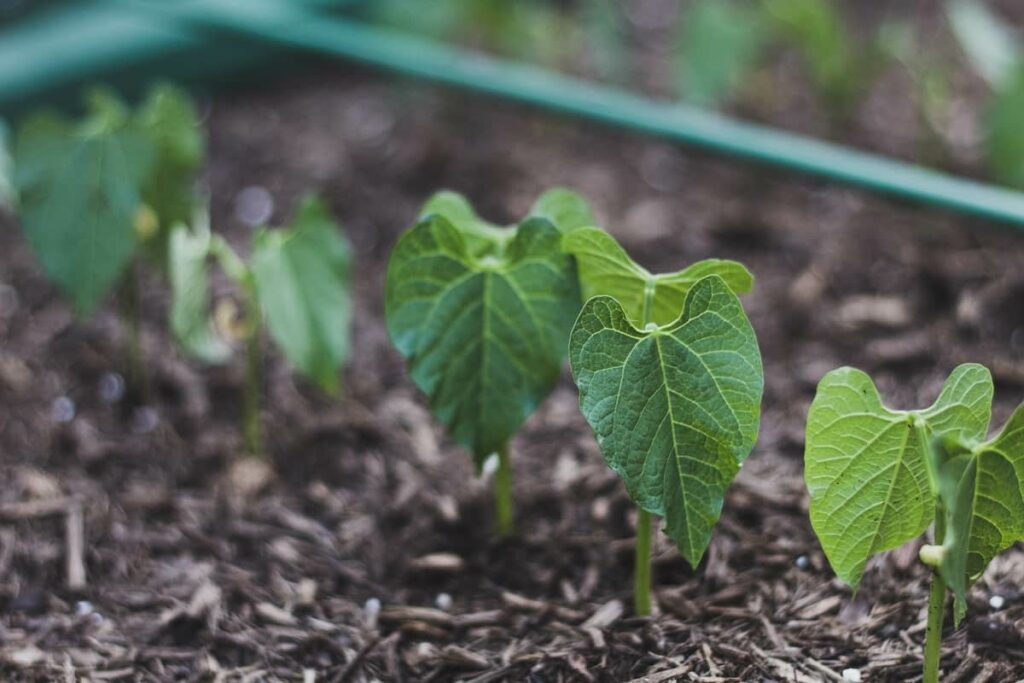
There is a growing interest in terrace gardening in India, and many resources are available to help people get started. Several organizations and initiatives in India are dedicated to promoting and supporting terrace gardening, such as the Indian Council of Agricultural Research, a division specifically focused on urban and peri-urban horticulture. Overall, the scope of terrace gardening in India is promising and has the potential to have a positive impact on both individuals and the environment.
Key rules to begin a Terrace garden in India
Introduction to Terrace garden
A terrace garden is a type of garden located on the roof or upper level of a building. It can be a small, intimate space or a large, sprawling garden, depending on the size and layout of the roof or terrace. Terrace gardens can grow various plants, including vegetables, herbs, flowers, and even small trees.
They are a popular choice for people living in urban areas who want a garden but need access to ground-level space. Terrace gardens have many benefits, including growing fresh produce, improving air quality, and providing a relaxing outdoor space for people to enjoy. Starting a terrace garden from scratch in India can be a fun and rewarding experience. Some key tips to help you get started:
Design & plan layout of Terrace garden
When planning the layout for your terrace vegetable garden, it’s important to consider the drainage system and the amount of sunlight the area gets. Make sure to choose a location on your terrace with plenty of sunlight for at least six hours a day, and avoid areas prone to strong winds or heavy shade.
In case you missed it: Dashehari Mango Farming in India: Cultivation and Production Practices
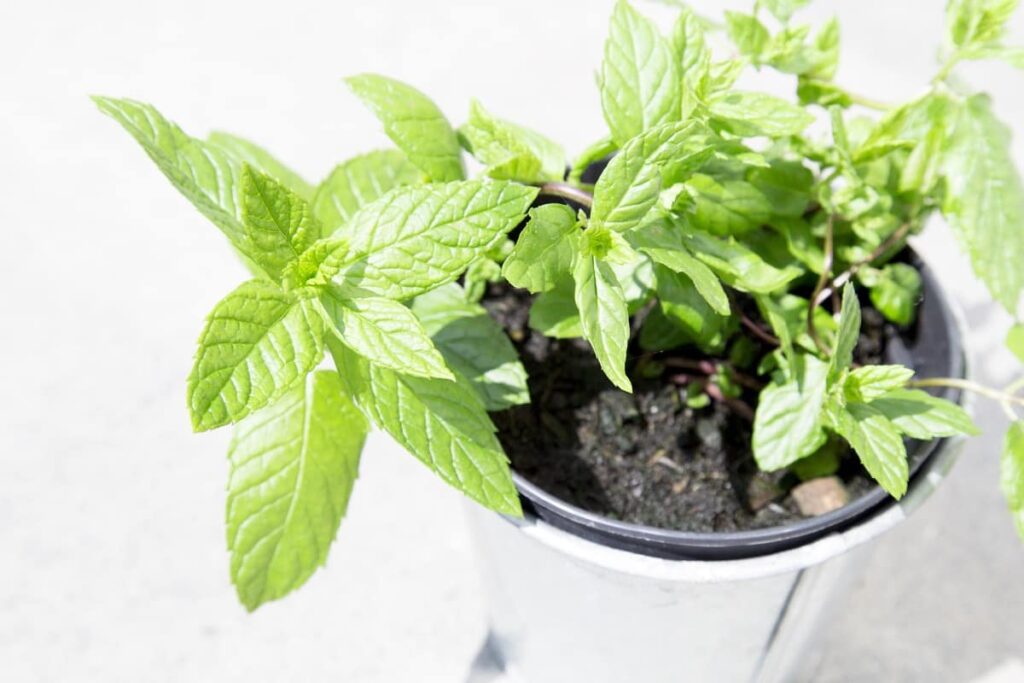
It’s also a good idea to draw a rough sketch of your terrace and mark out the different areas where you plan to place your pots and plants. This will assist you in visualizing the layout. And ensure enough space for your plants. Consider the size and shape of your pots and the mature size of the plants to ensure that everything fits comfortably in the available space.
Prepare the soil
Prepare the soil properly before planting in your terrace garden. This involves mixing soil, compost, and organic matter to create nutrient-rich soil for your plants. You can also use a soilless mix, such as coconut coir or vermiculite, which is lightweight and easy to work with. Avoid using regular garden soil, as it may need the proper nutrients and structure for container gardening. Instead, use a good-quality potting mix that is adequately nourished and preferably organic to ensure the best growth for your plants.
Choose the right plants
Many plants are well-suited for a terrace garden, depending on your climate and the sunlight your terrace gets. Some good options for a terrace garden include:
- Vegetables: Tomatoes, peppers, eggplants, leafy greens, and herbs are all excellent choices for a terrace garden.
- Flowers: Annuals and perennials, such as marigolds, zinnias, and petunias, can add color and beauty to your terrace garden.
- Small trees: Depending on the size of your terrace, you may be able to grow small fruit trees, such as citrus trees or dwarf varieties of apple or peach trees.
- Herbs: Herbs, such as basil, oregano, and mint, are simple to grow and can enhance the flavor of your meals.
- Succulents: Succulents, such as aloe vera and jade plants, are low-maintenance and can thrive in a terrace garden.
When selecting plants for your terrace garden, select species well-suited to your climate and the sunlight your terrace gets. This will help to ensure that your plants thrive and produce a bountiful harvest.
The floor of the Terrace garden
It’s important to consider the weight capacity of your terrace before starting a garden. Wet soil can be pretty heavy, and it’s important to ensure that your roof can support the weight of the soil and plants. It’s also important to avoid developing a terrace garden on structures that show weakness or structural damage.
In case you missed it: State Specific Schemes for Farmers in India
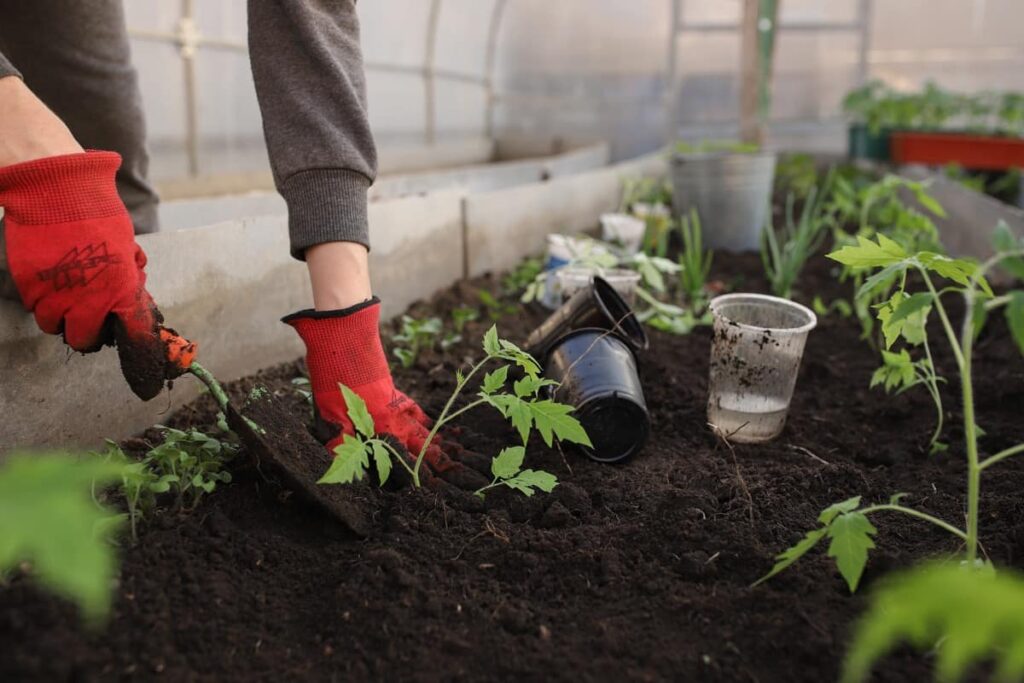
Instead, choose a rooftop or terrace on a substantial building or house with load-bearing floors. Consider using lightweight soil mixes or soilless mixes, such as coconut coir or vermiculite, which are lighter and easier to work with. You can help ensure the safety and stability of your terrace garden by taking these precautions.
Water regularly
It’s important to water your plants regularly to ensure they have enough moisture to grow and thrive. However, it’s also important to avoid overwatering, which can cause the roots to rot and lead to plant death. Here are some tips for watering your terrace garden:
- Check the soil moisture level: Before watering, stick your finger into the soil to check the moisture level. If the soil feels dry a few inches down, it’s time to water.
- Water early in the morning or late in the evening: Watering during the hottest part of the day can cause it to evaporate before reaching the plant’s roots.
- Use a drip irrigation system: A drip irrigation system can help you save water by delivering a slow, steady stream directly to the plant’s roots.
- Avoid overhead watering: Watering from overhead can cause the leaves of the plants to get wet, which can lead to fungal diseases. Instead, water the plants at the base of the stems to avoid wetting the leaves.
Use containers
Container gardening is an excellent option for a terrace garden. Choose large enough containers to support your plant’s growth and have good drainage. Installing a proper terrace drain-cell system can effectively manage water runoff and prevent damage to your terrace garden. However, it can also be an expensive option.
If you’re looking for a more budget-friendly way to manage drainage in your terrace garden, you can use containers such as pots, boxes, troughs, tubs, or drums to hold the soil for your plants. Placing the containers on wedges or bricks can create a clear gap between them and the roof to allow for proper drainage and ventilation. This can help prevent water from accumulating and damaging your terrace garden. Container gardening can be a convenient and cost-effective way to create a thriving terrace garden.
Protect your plants
Use mulch or a cover to protect your plants from heavy temperatures and pests. You can also use natural pest control methods, such as releasing beneficial insects or neem oil.
Fertilize
Use organic fertilizers to nourish your plants and help them grow. You can also use compost or vermicompost to provide a natural source of nutrients. Following these tips, you can create a thriving terrace garden in India that will provide fresh, homegrown produce all year.
In case you missed it: Red Banana Farming in India: How to Start, Cultivation Practices, and Panting to Harvesting Guide
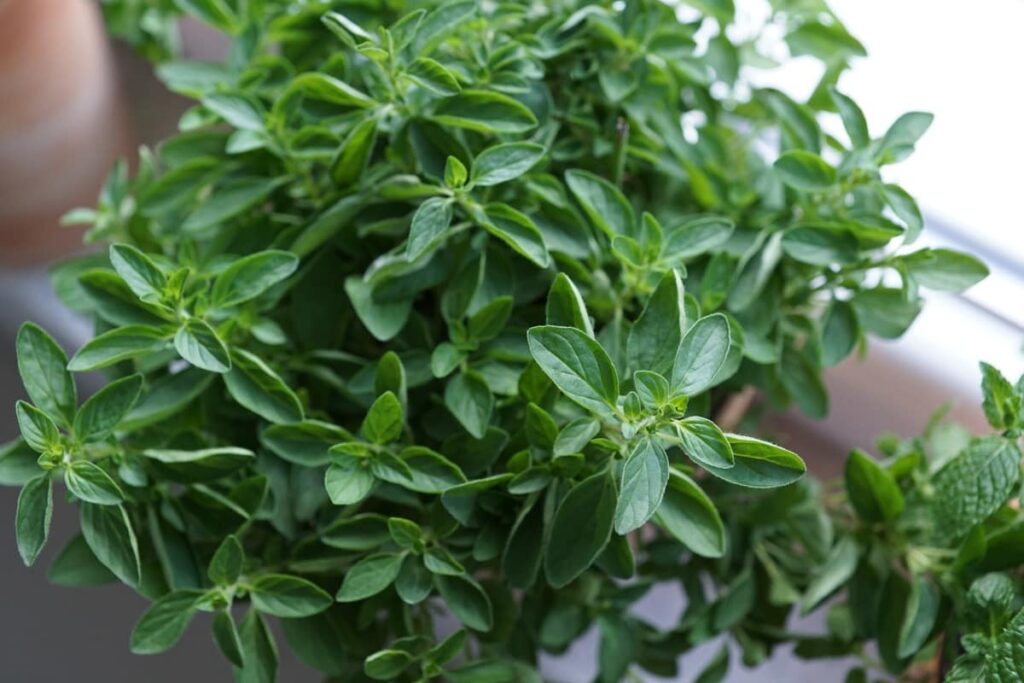
A step-by-step guide to building a terrace garden
Waterproof Terrace garden
A waterproof layer is an integral part of a terrace garden to prevent water from seeping into the structure of the building and causing damage. There are several options for waterproofing a terrace garden, including:
- Rubber membrane: A rubber membrane is a durable and flexible option for waterproofing a terrace garden. It is typically made from recycled rubber and can be easily applied to the surface of the terrace.
- Plastic membrane: A plastic membrane is a lightweight and easy-to-install option for waterproofing a terrace garden. It is made from a flexible plastic material. It can be applied using various methods, including heat welding or adhesive.
- Asphalt membrane: An asphalt membrane is a heavy-duty option for waterproofing a terrace garden. It is made from asphalt and is applied in layers to create a waterproof barrier.
- Waterproofing paint: Waterproofing paint is another option for waterproofing a terrace garden. It is applied to the surface of the terrace and creates a waterproof barrier when it dries.
By installing a waterproof layer, you can help protect your terrace garden and the structure of your building from water damage. Be sure to choose a waterproofing method appropriate to your specific needs and budget.
Drainage layer in Terrace garden
A drainage layer is an integral part of a terrace garden to prevent standing water from accumulating and causing damage to the plants and the structure of the building. There are several options for creating a drainage layer in a terrace garden, including:
- Sloped surface: One simple way to create a drainage layer is to install a sloped surface on the terrace. This can be achieved by using a layer of gravel or small stones, which will help to channel water away from the plants.
- Drainage pipes: Another option is installing a drainage system on the terrace. These pipes can be connected to catch basins or other drainage systems to carry water away from the terrace.
- Drainage layer in containers: If you are using containers to grow plants on your terrace, you can create a drainage layer by adding a layer of gravel and small stones to the bottom of the containers. This will help to prevent standing water from accumulating around the roots of the plants.
You can help prevent water damage and promote healthy plant growth in your terrace garden by installing a drainage layer.
In case you missed it: Agricultural Biotechnology in India: Role, Examples, Jobs, Salary, Courses, and Colleges
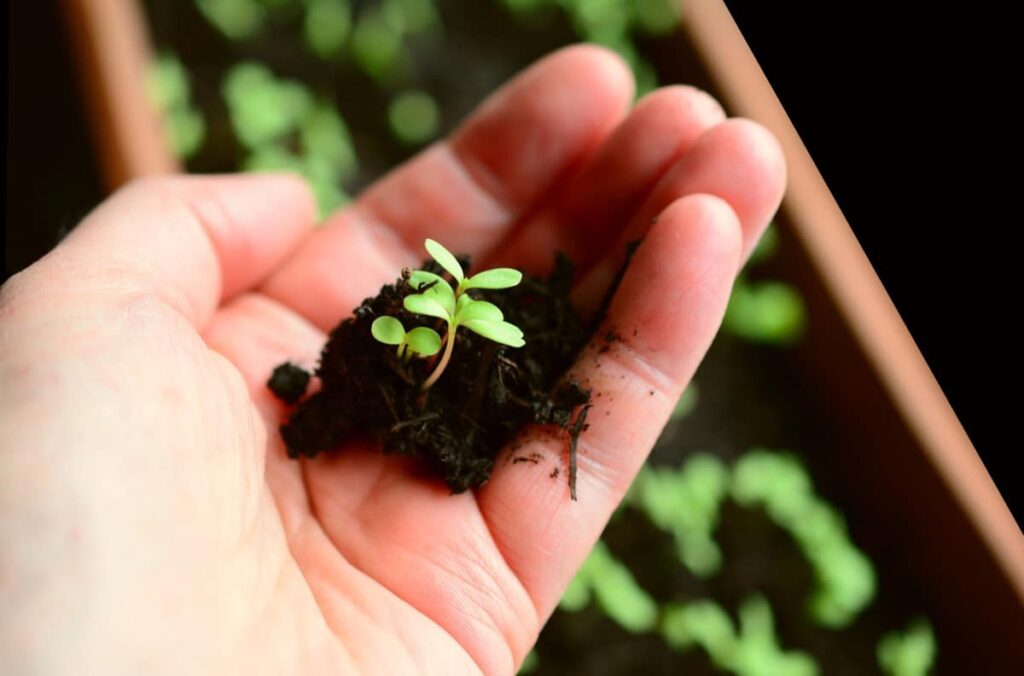
Filter layer in Terrace garden
A filter layer in a terrace garden is a material that helps filter out impurities and contaminants from the water that drains off the terrace. This can be especially important if the terrace is located in an urban area with a higher risk of pollution. There are several options for creating a filter layer in a terrace garden, including:
- Geotextile fabric: Geotextile fabric is a synthetic material that can create a filter layer in a terrace garden. It is placed on top of the drainage layer. It helps to trap impurities and contaminants while allowing water to pass through.
- Gravel: Gravel is another option for creating a filter layer in a terrace garden. It is placed on top of the drainage layer and helps to filter out impurities and contaminants as the water flows through it.
- Sand: Sand can also be used as a filter layer in a terrace garden. It is placed on top of the drainage layer and helps to filter out impurities and contaminants as the water flows through it.
By installing a filter layer in your terrace garden, you can help improve the quality of the water drains off the terrace and protect your plants from pollution.
Irrigation in Terrace garden
Irrigation is the practice of providing water to plants in a terrace garden. It is important to properly rinse your plants to ensure that they have enough water to grow and thrive. There are several options for irrigation in a terrace garden, including:
- Manual watering: One simple way to irrigate your plants is to water them manually using a watering can or hose. This can be effective, but it requires regular attention to ensure that your plants get the right water.
- Drip irrigation: Drip irrigation is a more automated method of watering plants. It involves installing a system of pipes or hoses that deliver water directly to the roots of the plants. This can be an efficient way to water your plants, but it requires some initial setup and maintenance.
- Soaker hoses: Soaker hoses are irrigation hoses that release water slowly along their length. They can be placed on the soil’s surface and left in place to irrigate your plants.
Properly irrigating your plants can help ensure they have the water they need to grow and thrive.
In case you missed it: Terrace Gardening ideas for Home in India: For Vegetables, Fruits, Flowers, and Herbs
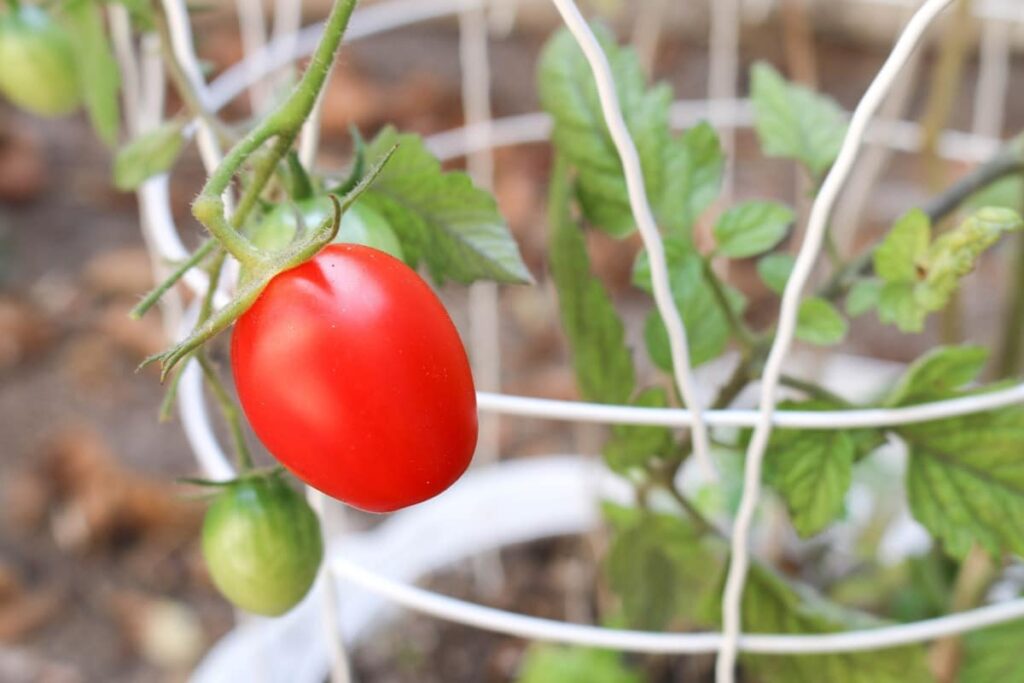
Tips for maintaining a terrace garden
- Water regularly: Make sure to water your plants regularly, but avoid overwatering, which can cause the roots to rot.
- Fertilize: Use good-quality fertilizer to help your plants grow strong and healthy.
- Prune: Regularly prune your plants to remove dead or damaged branches and encourage new growth.
- Control pests: Keep an eye out for pests, and use natural methods, such as neem oil, to control them.
- Protect from extreme weather: If your terrace is exposed to extreme weather, such as strong winds or intense sun, take steps to protect your plants.
- Choose the right plants: Select plants that are well-suited to the conditions on your terrace, including the amount of sunlight, temperature, and humidity.
- Profitable Village Farming Business Ideas in 2024
- High-Yield Aquaculture: Fast-Growing Fish for Farming
- Effective Fish Pond Construction Techniques for Beginners
- Irrigation and Water Management in Pineapple Farming
- Blossom to Harvest: Mastering Flowering and Pollination in Papaya Farming
- Pig Fattening Essentials: From Selection to Sale for Beginners
- Raising Wagyu Cattle: A Complete Guide for Premium Beef Production
- Soil Types and Their Water Holding Capacity
- Optimizing Irrigation Schedules for Coconut Groves for Enhanced Yield
- Espresso Your Garden: Coffee Grounds for Healthier Acid-Loving Plants
- The Best Soil Mix for Snake Plants: How to Mix Your Own Snake Plant Soil
- Green Thumb Success: Expert Tips for Cultivating Greenhouse Beans All Year Round
- Bloom All Year Round: The Ultimate Guide to Indoor Hyacinth Care
- Eco-Friendly Gardening: How to Make Liquid Fertilizer from Kitchen Waste
- Ultimate Guide to Grow Anise in Pots: Explore Seed Propagation to Harvesting
- Guide to Raising Chester White Pigs: Discover Breed Facts to Growth Management
- Mastering the Elegance: The Ultimate Guide to Weeping Cherry Tree Care, Planting, and Maintenance
- Ultimate Guide to Planting Garlic in Grow Bags: Growing Strategies for Beginners
- How to Fix Spider Plant Leaf-Related Problems: Natural and Organic Remedies
- 10 Reasons Why Your Tulsi Plant is Shedding Leaves: Home Remedies and Solutions
- Optimizing Growth and Yield: The Advantages of Palm Bunch Ash Fertilizer
- Utilizing Neem Oil Extract as a Natural Pesticide for Hydrangea
- From Soil to Harvest: Various Ways in Which Farmers Can Use AI Tools
- Steps to Encourage and Induce Citrus Flowers: A Comprehensive Guide
- How to Fix Snake Plant Leaf-Related Issues: Natural and Organic Remedies
- Transform Your Garden into a Fragrant Oasis with Raat Ki Rani (Night Blooming Jasmine)
- Discover the Ideal Chicken Breeds for Philippine Farms
- How to Create a Poultry Egg Farm Business Plan for Profits
- Grow Lemon Cucumbers Like a Pro: Insider Techniques for Bountiful Yields
- Ultimate Guide to Caring for Your Pink Princess Philodendron: Tips for Thriving Variegation
- Areca Nut Profit Per Acre: Calculating Yield and Cost of Cultivation
- How Kaveri Chicken is Becoming a More Profitable Breed in Indian Backyards
- Transform Your Barn: 9 Steps to Convert a Horse Stall into a Chicken Coop
- Exploring Suffolk Sheep Disadvantages with Limitations and Challenges
- Guide to Solving Potted Lemon Tree Problems: How to Revive Lemon Tree in Containers
- Steps to Encourage Female Pumpkin Flowers: Best Strategies for More Flowers and High Yields
